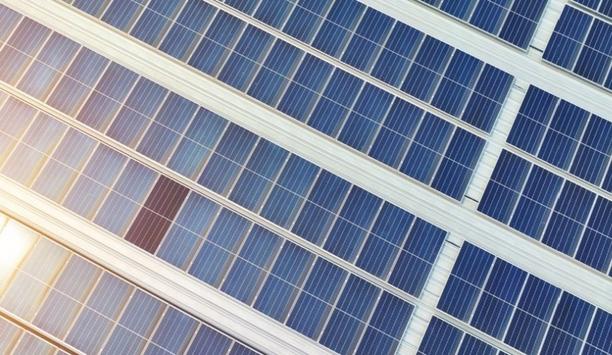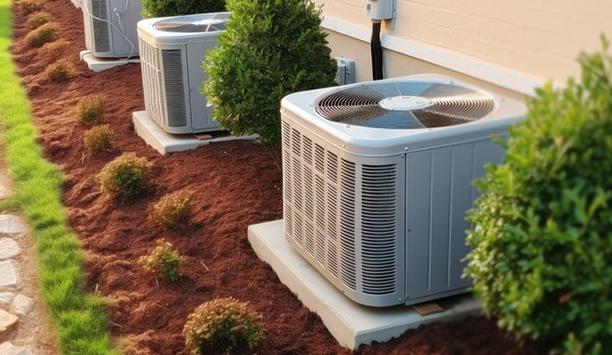A new installation is using natural heat from groundwater to regulate the indoor climate of The Glen Mhor Hotel in Scotland. The groundwater is further heated by two electric heat pumps and distributed to guest rooms and apartments through a small heating district network.
From the system, which is slated for completion this spring, the water will return to the sand and gravel layers in shallow ground around Inverness, and eventually back to the River Ness. The design, which replaces 20 gas-fired boilers, will help the hotel to achieve net-zero carbon emissions.
Natural geological processes
A recent example of using groundwater extraction to provide a sustainable source of heat in the HVAC market, the Glen Mhor Hotel installation highlights a concept that offers broad potential throughout the HVAC world as efforts continue to minimize the industry’s environmental impact. The Water Source Heat Pump project received funding through the Scottish Government’s Low Carbon Infrastructure Transition Scheme and support from the Scottish District Heating Loan Fund of the Energy Saving Trust.
Geothermal systems use groundwater heated by natural geological processes below the Earth’s surface
Geothermal systems use groundwater heated by natural geological processes below the Earth’s surface, sometimes as hot as 200 degrees F or more. A well is drilled to access the water, and a pumping system may be installed (or may not be needed in some cases). Geothermal water is already hot enough for some applications, including pool heating, space heating, hot water for buildings, industrial and/or agricultural processes and even to heat roads and sidewalks to melt snow.
Deeper geothermal systems
Direct use systems tap into hot water just a few feet below the surface, which keeps costs lower when compared to deeper geothermal systems, although the technology applies only to areas where hot groundwater is located at or near the surface. Deeper geothermal systems use steam from far below the Earth’s surface for applications that require temperatures of several hundred degrees Fahrenheit.
Water is typically injected into the ground in one well to displace water or steam and push it to the surface through another well. Wells typically must be drilled a mile or more into the ground, where high pressure keeps water in a liquid state even at higher temperatures. In addition, steam can be used to spin a turbine and generate electricity.
Higher geothermal activity
The use of gravel water contributes to a strategy to cut 54% of energy and 44% of carbon dioxide emissions
Although these systems do not require fuel and have low operation costs, the initial investment costs are higher. It is more economical to tap into regions with higher geothermal activity. In addition to the Mhor Hotel, similar systems that leverage heat from groundwater are already in operation at the Tate Modern art galleries and Royal Festival Theatre in London.
At a Tate Modern extension, the installation involved drilling boreholes into gravel deep beneath the site on the former flood plain of the Thames River. The use of gravel water contributes to a strategy to cut 54% of energy and 44% of carbon dioxide emissions from the building. The system uses the differential between the air temperature and the underground water to heat and cool the space. The open loop system extracts energy from groundwater to heat the building in the winter and cool it in the summer; then the groundwater is returned to the gravel bed.
Major carbon savings
The Royal Festival Hall uses water contained in a chalk aquifer, 100 to 120m (300-400 feet) below ground level. The U.K. Environment Agency regulates the process because of contamination concerns surrounding aquifers that supply drinking water. Environmental benefits of groundwater extraction, especially in the age of decarbonization and net-zero campaigns, will likely drive greater acceptance in the future.
In addition to producing major carbon savings, the technology at the Glen Mhor Hotel will improve local air quality and there is potential to sell low-cost, low-carbon solutions to neighbors. The River Ness has the potential to provide low-carbon heat for all of Inverness and will be the basis to build a low-carbon heat strategy for the city, which could also be replicated in other towns and cities across the United Kingdom.








































